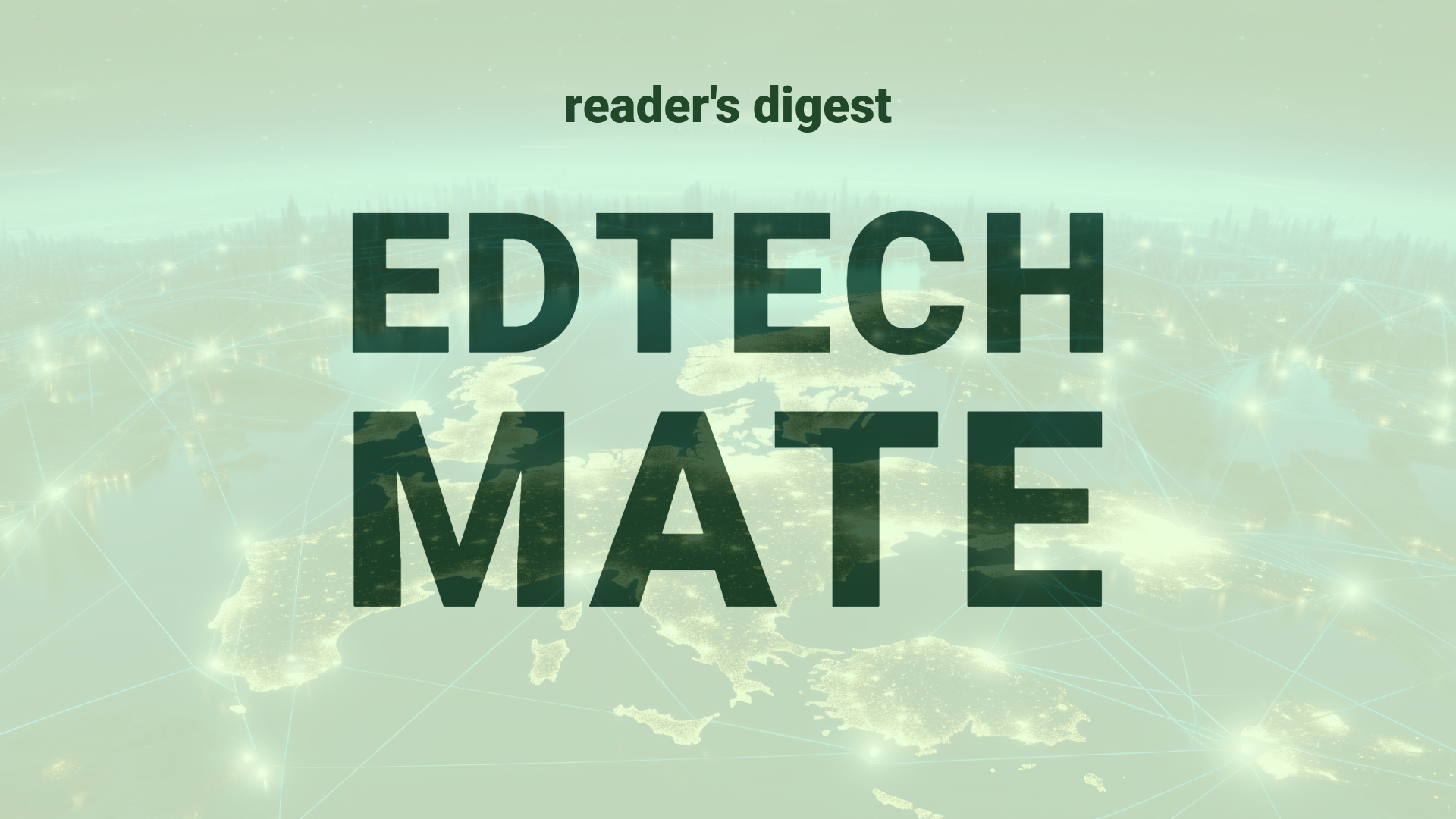Executive Summary and Main Points
In an intriguing insight into the world of academic technology, it appears that common plagiarism detection software, such as Turnitin, may not be fully equipped to discern AI-generated content. This revelation underscores a pressing trend within the education technology sector: the growing convergence of artificial intelligence and academic integrity tools. It is evident that there is a discrepancy in the ability of various software to detect AI originality, with some tools reporting higher detection rates than others—a pivotally important factor as educational institutions rely heavily on such software to uphold academic standards.
Potential Impact in the Education Sector
The potential impact of these findings is significant across various educational contexts. Further Education institutions, grappling with the challenge of ensuring robust academic practices, could find themselves at a crossroads if their primary tools for plagiarism detection are floundering. In Higher Education, where research integrity is paramount, the limitations of plagiarism software may necessitate strategic partnerships with AI developers to enhance their detection algorithms. Moreover, as the realm of Micro-credentials expands and attracts a global audience, the assurance of originality and validity becomes increasingly critical to maintain their value proposition in the competitive landscape of digital certifications. Digitalization, thus, is no longer a choice but a necessity to advance the detection capabilities and maintain the sanctity of academic contributions.
Potential Applicability in the Education Sector
Innovative applications within the educational sector may include AI-powered solutions that are tailored to understanding and identifying AI-written content. Global education systems could leverage these advanced tools to not only detect AI-generated assignments but also to educate students about the ethical use of AI in academic writing. Digital tools that can seamlessly integrate with existing Learning Management Systems (LMS) to provide real-time analysis and feedback might set a new standard in educational technology, potentially fostering a culture of integrity and originality at an international level.
Criticism and Potential Shortfalls
Despite the promise of AI detection software, criticisms and potential shortfalls should not be overlooked. There are concerns surrounding false positives and the possibility of software unfairly penalizing non-AI-generated content. Case studies from different international contexts could demonstrate the variance in effectiveness and reliability of such tools, influenced by linguistic, ethical, and cultural variables. Ethically, institutions must grapple with the trust and privacy implications of AI detectors, and culturally, they must be sensitive to diverse student populations who may be differently impacted by these technologies.
Actionable Recommendations
For the proactive international education leadership, exploring and implementing next-generation AI detection software is paramount. Collaboration with AI development teams to create bespoke detection tools that can be integrated into current systems is advisable. Developing comprehensive educational modules around academic integrity in the age of AI for students and staff is also a strategic move. Moreover, leaders should embrace an iterative process of validation and testing of such technologies across different cultural contexts to fine-tune their effectiveness and inclusivity. Ultimately, as this space continues to evolve, continuous engagement with ethical considerations and community feedback will enable responsible and effective adoption of these new technologies.

